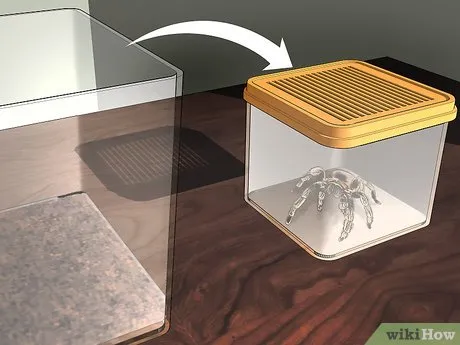Why Clean Your Tarantula Tank is Important
Maintaining a clean tarantula tank is crucial for the health and well-being of your pet. Tarantulas, like all living creatures, thrive in a clean and hygienic environment. Regular cleaning prevents the buildup of harmful bacteria, molds, and pests that can lead to illness and stress. A clean tank also allows you to better observe your tarantula’s behavior and catch any potential health issues early on. This guide provides essential tips to help you maintain a clean and healthy habitat for your tarantula, ensuring it lives a long and fulfilling life. Proper care of the tank directly translates to the well-being of your eight-legged friend, making tank maintenance a cornerstone of tarantula ownership. The goal is to create a thriving habitat for your tarantula where it can flourish.
Maintaining a Healthy Environment
A clean tank contributes significantly to your tarantula’s health and happiness. A healthy environment minimizes stress and the risk of diseases. Regularly cleaning the tank removes waste, uneaten food, and other debris that can attract pests or harbor bacteria. This also helps to regulate humidity and prevent the growth of mold and fungi, which can be detrimental to your tarantula’s respiratory system. The proper environment not only promotes a healthy tarantula but also reduces unpleasant odors in your home, making the tank maintenance a win-win for both you and your pet. By taking a proactive approach to cleanliness, you are providing your tarantula with the best possible living conditions, mirroring its natural habitat as closely as possible.
Preventing Diseases and Pests
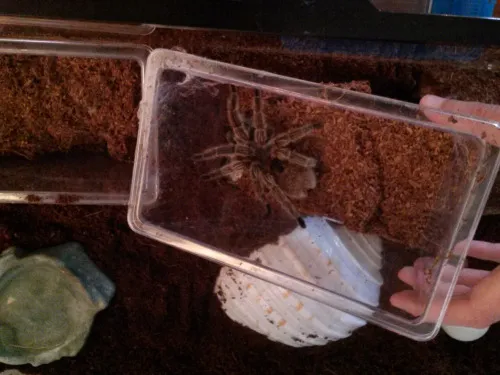
A dirty tank is a breeding ground for diseases and pests that can harm your tarantula. Fungal infections, bacterial infections, and infestations of mites or other parasites are all common threats. Regular cleaning helps to eliminate these risks by removing the sources of infection and preventing their spread. This includes removing old molts, leftover food, and fecal matter, which are prime attractants for pests and disease-causing organisms. By keeping the tank clean, you minimize the chances of your tarantula getting sick, reducing the need for veterinary care, and ensuring your pet enjoys a long and healthy life. Vigilance in this area is a core aspect of responsible tarantula ownership.
Top 5 Essential Tips for Cleaning Tarantula Tank
Tip 1 Spot Clean Daily
Daily spot cleaning is the cornerstone of maintaining a clean tarantula tank. This involves removing any visible waste or uneaten food as soon as you notice it. This is a quick and easy way to prevent the buildup of bacteria and the attraction of pests. Spot cleaning also allows you to monitor your tarantula’s eating habits and overall health. It is important to inspect the tank daily, noting anything unusual, such as excessive waste or changes in your tarantula’s behavior. This will alert you to any potential health issues early on. Routine inspection contributes greatly to your tarantula’s well-being. Consistent attention can prevent small problems from escalating into larger ones.
Removing Leftover Food
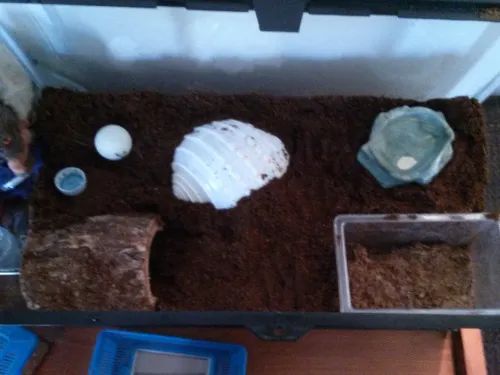
Uneaten food left in the tank can quickly decompose, leading to the growth of mold, attracting unwanted pests such as mites and fruit flies, and causing foul odors. The presence of decaying food is not only unhygienic but can also create an unhealthy environment for your tarantula. Be sure to remove any uneaten prey items, such as crickets or mealworms, within 24 hours. Use a pair of tongs or tweezers to carefully remove any remains, ensuring you don’t disturb your tarantula. Regular removal of leftover food is one of the most effective methods for keeping the tank clean and odor-free, safeguarding the well-being of your tarantula.
Dealing with Waste
Tarantulas produce waste, usually in the form of fecal matter, that needs to be removed promptly. Waste can harbor bacteria and attract unwanted pests if left unchecked. When you spot waste, gently remove it using tongs or a small, clean scoop. Dispose of the waste properly to avoid spreading any potential contamination. Daily spot cleaning is especially crucial for areas where waste accumulates. In doing so, you contribute significantly to the overall hygiene of the habitat, ensuring your tarantula lives in a clean and healthy environment. This simple practice will go a long way in keeping your pet healthy and happy.
Tip 2 Weekly Deep Cleaning
While spot cleaning is essential for daily maintenance, a more thorough cleaning is needed weekly to maintain optimal hygiene. This includes replacing the substrate, wiping down the tank, and cleaning any decorations. Deep cleaning helps to remove accumulated waste, bacteria, and potential sources of disease. Always wear gloves while cleaning the tank to protect yourself from any potential pathogens. The process of deep cleaning the tank should be a standard part of your routine to ensure a safe and healthy environment for your tarantula. This prevents the build-up of unwanted elements and offers a fresh, clean habitat.
Substrate Replacement
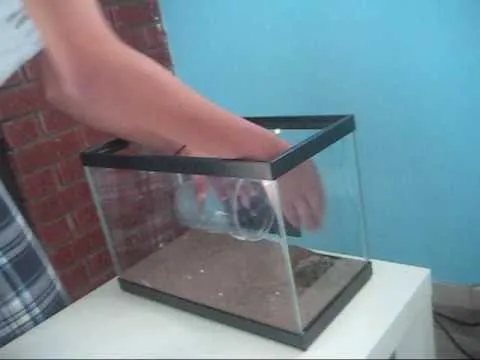
Replacing the substrate is a critical component of a deep clean. Substrate, such as coconut fiber or peat moss, absorbs waste and retains moisture, making it a breeding ground for bacteria and mold if left unchanged. When performing this process, carefully remove the old substrate, paying attention to any waste or debris. Dispose of the old substrate properly, ideally in a sealed bag, to prevent any spread of potential pathogens. Replace the old substrate with fresh, clean material appropriate for your tarantula’s species, ensuring the substrate is damp but not saturated. New substrate restores optimal conditions and maintains the necessary humidity levels in the enclosure, ensuring your tarantula’s health.
Cleaning the Tank
After removing the substrate, it is essential to clean the tank itself. Use a safe, non-toxic cleaner specifically designed for pet habitats or simply use warm water and a soft cloth. Avoid using harsh chemicals, such as bleach or ammonia, as these can be harmful to your tarantula. Wipe down the walls and bottom of the tank, removing any dirt, residue, or potential pathogens. Rinse the tank thoroughly with clean water to remove any remaining cleaner. Make sure the tank is completely dry before returning the substrate and decorations. This comprehensive cleaning removes any buildup, ensuring a safe and hygienic environment for your tarantula to thrive in.
Tip 3 Choosing the Right Cleaning Supplies
The cleaning supplies you use can greatly affect the health and safety of your tarantula. It is crucial to select safe and effective cleaning products that will not harm your pet. Safe products ensure the cleaning process benefits your pet. Using inappropriate cleaners can lead to serious health complications. Careful selection protects your pet from harm and supports its well-being. Take care when choosing cleaning products.
Safe Cleaners
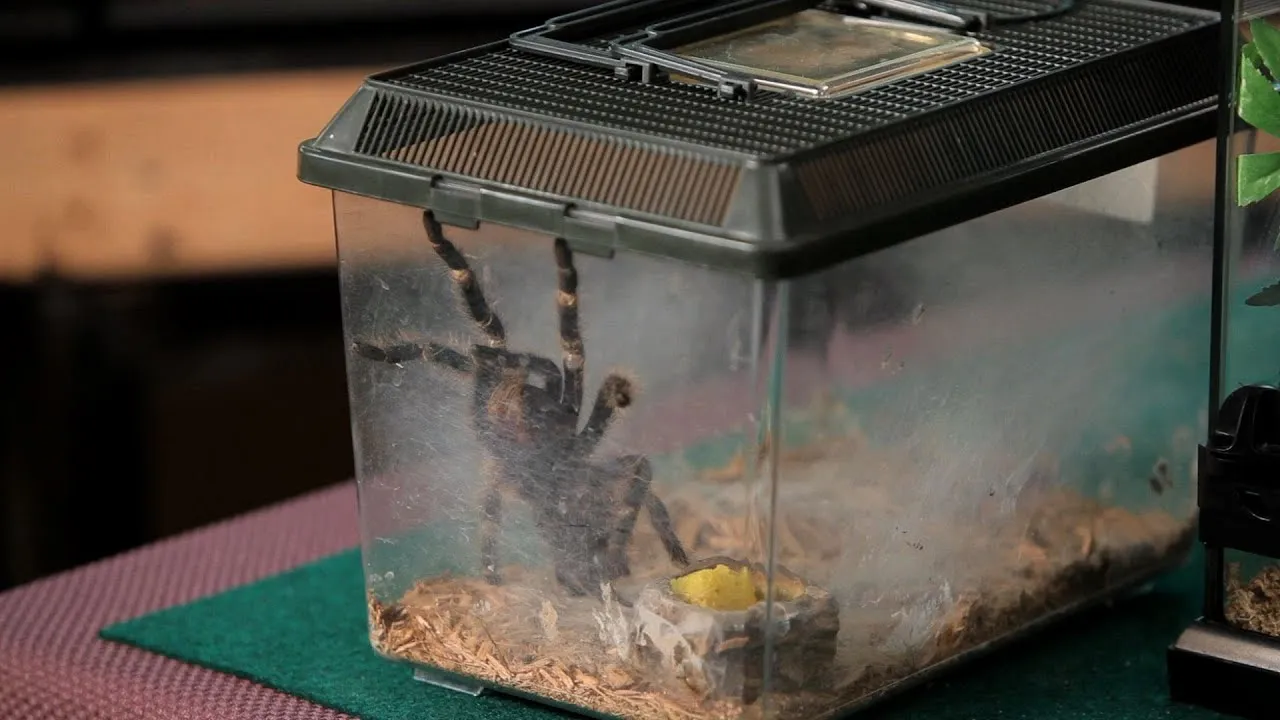
When cleaning your tarantula’s tank, it’s imperative to use cleaners that are safe for your pet. Avoid any products containing harsh chemicals, bleach, or ammonia, as these can be toxic and cause serious harm to your tarantula. Instead, opt for pet-safe cleaners designed for reptile habitats, or stick with plain warm water and a soft cloth. Ensure you rinse the tank and decorations thoroughly after cleaning to remove any residue from cleaning solutions. By selecting the right cleaners, you can ensure the habitat remains clean and safe for your tarantula to thrive in.
Tools for Cleaning
In addition to choosing the right cleaners, the tools you use will also affect the cleaning process. Having the right tools will make the cleaning easier. A soft cloth or sponge is useful for wiping down the tank’s surfaces. Tweezers or tongs can be used to remove waste and uneaten food without disturbing your tarantula. A small scoop or shovel can be helpful for removing and replacing the substrate. Gloves are essential for protecting your hands. Having these tools readily available ensures you can efficiently and effectively clean the tank without causing stress to your pet. Properly cleaning your pet’s habitat is essential.
Tip 4 Proper Ventilation and Humidity Control
Maintaining proper ventilation and humidity levels in your tarantula’s tank is essential for its health. Tarantulas require specific environmental conditions to thrive. Incorrect levels can lead to health issues. Adequate airflow prevents the buildup of harmful bacteria and mold, while appropriate humidity ensures your tarantula can properly molt and stay hydrated. Regular monitoring and adjustments will ensure your pet lives a long and healthy life. Keeping the environment within appropriate ranges is one of the most important factors for keeping your tarantula healthy.
Monitoring Humidity Levels
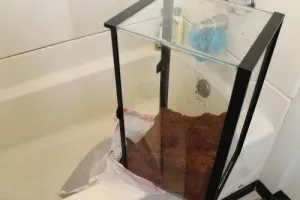
Monitoring humidity is a key aspect of tarantula care. The humidity needs vary depending on the species. Use a hygrometer to measure humidity levels accurately. If the humidity is too low, you can increase it by misting the tank with water or adding a water dish. If the humidity is too high, improve ventilation or reduce the amount of water. Keep a close eye on the humidity to prevent issues. Regular monitoring helps ensure the tarantula is in a comfortable environment. Proper humidity is important for the tarantula’s overall health.
Ensuring Good Airflow
Good airflow is essential for preventing the buildup of mold and maintaining a healthy environment. Ensure the tank has adequate ventilation. Ventilation can be achieved by strategically placing vents or by partially opening the lid of the enclosure. Avoid blocking the vents with substrate or decorations, as this can restrict airflow. Be sure to monitor the tank for any signs of mold or mildew, which can indicate poor ventilation. Sufficient airflow will help keep your tarantula’s habitat fresh and free from harmful pathogens. A good airflow will promote healthy conditions and maintain a hygienic habitat.
Tip 5 Regular Tank Inspection
Regular inspection of your tarantula’s tank is a crucial part of responsible pet ownership. This involves observing the tank for any signs of trouble, such as mold, pests, or changes in your tarantula’s behavior. Early detection of any issues can prevent the escalation of health problems and ensure your tarantula’s well-being. Making tank inspection a habit will safeguard your pet’s health and contribute to its long and happy life. Being thorough in inspection is crucial for tarantula’s well-being.
Checking for Mold and Fungus
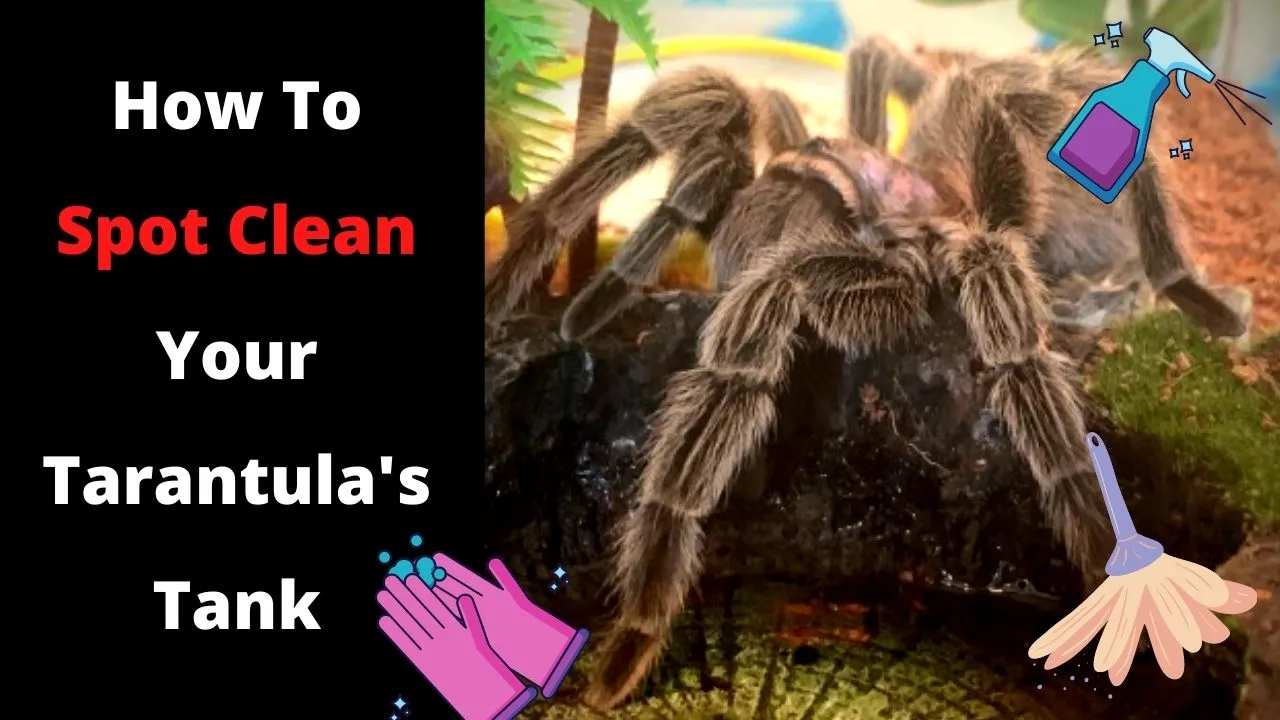
Regularly inspect the tank for any signs of mold or fungus. These can appear as fuzzy growths or discolored patches on the substrate, decorations, or tank walls. Mold and fungus thrive in humid environments and can be harmful to your tarantula. If you discover any mold or fungus, remove the affected areas immediately. Clean the tank thoroughly, and address the underlying cause of the issue, such as poor ventilation or excessive humidity. Addressing any potential hazards promptly helps keep your tarantula safe. Maintaining a clean tank ensures a healthy environment for your pet.
Observing Tarantula Behavior
Pay close attention to your tarantula’s behavior during tank inspections. Changes in your tarantula’s behavior can indicate health issues. Look for any unusual behavior, such as lethargy, loss of appetite, or changes in posture. These changes may indicate that something is wrong. Be sure to document any abnormalities and consult with a veterinarian specializing in exotic animals if you notice anything out of the ordinary. Early detection and intervention can make a big difference in your tarantula’s health. Observation is key to a healthy pet.
Conclusion Keeping Your Tarantula Happy and Healthy
Cleaning your tarantula’s tank is a critical part of providing the best possible care for your pet. By following these five essential tips—spot cleaning daily, weekly deep cleaning, choosing the right supplies, maintaining proper ventilation and humidity, and conducting regular inspections—you can create a healthy and comfortable environment for your tarantula. Regularly cleaning the tank removes waste, prevents disease, and allows you to observe your tarantula’s behavior. This provides a safe environment for your pet. By prioritizing cleanliness and following these guidelines, you can ensure that your tarantula lives a long, happy, and healthy life. Remember, a clean tank is a happy tarantula.
